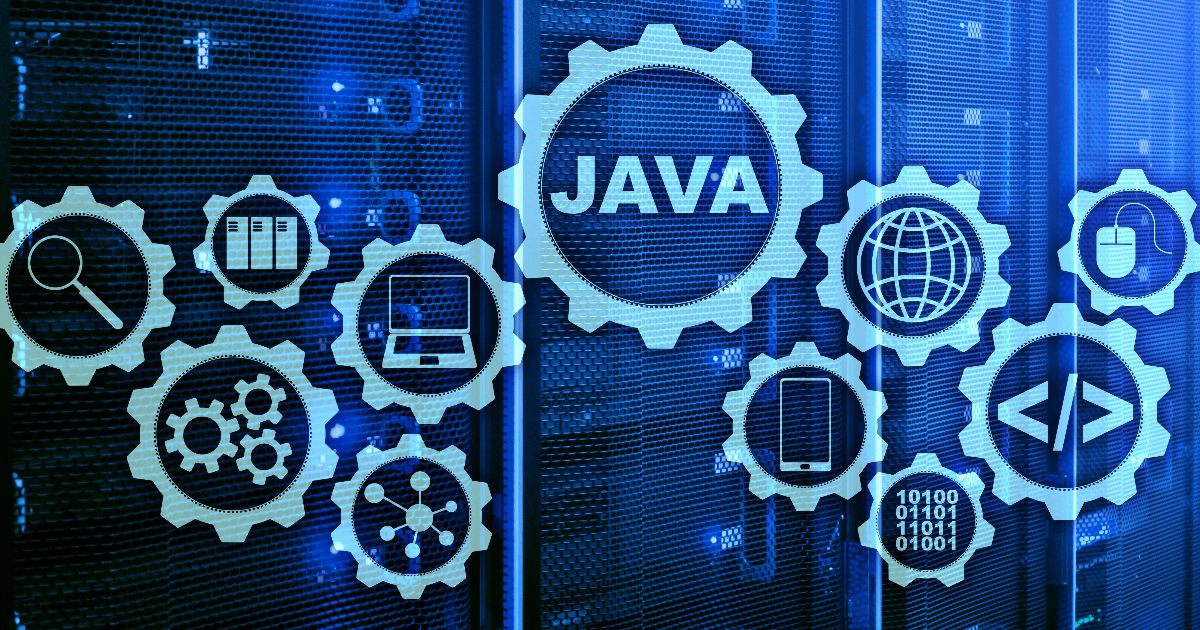Codetown
Codetown ::: a software developer's community
Java (36)
Sort by:
| Discussions | Replies | Latest Activity |
|---|---|---|
How To Compile Multiple Files Using NetBeans 6.5Hello, I'm new to Java and have been using NetBeans 6.5 as my IDE. I have been learning how to create classes and have come to the point w… Started by Mark Hollinger |
0 | Aug 12, 2009 |
Facebook connect JSThis is more javascript. However, I have been playing around with facebook connect on a website I am coding for and it is kind of a cool fe… Started by Tim Stevesi |
2 |
Jun 18, 2009 Reply by Tim Stevesi |
Courses translated to frenchI want courses of iphone's development in french. Started by Mara |
2 |
May 27, 2009 Reply by Michael Levin |
Comparing Tomcat and GlassfishThere is a direct connection between the Web container technology used by developers and the performance and agility of applications. This… Started by Carol McDonald |
0 | Mar 6, 2009 |
JavaFXhttp://weblogs.java.net/blog/caroljmcdonald/archive/2008/12/javafx_restful.html JavaFX RESTful Pet Catalog Client: a JavaFX application th… Started by Carol McDonald |
1 |
Dec 7, 2008 Reply by Michael Levin |
OJUG Mule Demo Source CodeHi All, What a great night! To those who are interested for the presentation slides and source code of my demo, you may download it here:… Started by Zemian Deng |
0 | Nov 20, 2008 |
- ‹ Previous
- 1
- 2
- 3
- 4
- Next ›
Notes
Welcome to Codetown!
 Codetown is a social network. It's got blogs, forums, groups, personal pages and more! You might think of Codetown as a funky camper van with lots of compartments for your stuff and a great multimedia system, too! Best of all, Codetown has room for all of your friends.
Codetown is a social network. It's got blogs, forums, groups, personal pages and more! You might think of Codetown as a funky camper van with lots of compartments for your stuff and a great multimedia system, too! Best of all, Codetown has room for all of your friends.
Created by Michael Levin Dec 18, 2008 at 6:56pm. Last updated by Michael Levin May 4, 2018.
Looking for Jobs or Staff?
Check out the Codetown Jobs group.
InfoQ Reading List
QCon AI New York 2025: Moving Mountains: Migrating Legacy Code in Weeks Instead of Years

David Stein, Principal AI Engineer at ServiceTitan, presented “Moving Mountains: Migrating Legacy Code in Weeks instead of Years” at QCon AI New York 2025. Stein demonstrated how migrations don’t have to be synonymous to “moving mountains” and introduced the concepts of the Principle of Acceleration and the Assembly Line Pattern.
By Michael RedlichOpenAI at QCon AI NYC: Fine Tuning the Enterprise

At QCon AI NYC 2025, Will Hang from OpenAI unveiled Agent RFT—a cutting-edge reinforcement fine-tuning approach for tool-using agents. By optimizing prompts and tasks before model adjustments, Hang showcased effective strategies to enhance decision-making and efficiency, emphasizing a balanced grading system. The session revealed a future where smarter agents reduce latency and improve outcomes.
By Andrew HoblitzellPresentation: Scaling Cloud and Distributed Applications: Lessons and Strategies From chase.com, #1 Banking Portal in the US

Durai Arasan explains the architectural strategies used to scale Chase.com to 67M+ active users. He discusses achieving high resilience through multi-region isolation, slashing latency by 71% via edge computing, and utilizing automated "infrastructure repaving" to eliminate security drift. He shares vital lessons on self-healing observability and building an engineering-first culture.
By Durai ArasanVisual Studio 2026 Released with AI-Native IDE and Performance Boost

Microsoft has officially launched Visual Studio 2026 (version 18), marking what they call the first ‘AI‑native’ release of its flagship integrated development environment. The general availability rollout follows extensive validation via the Insiders channel and reflects a blend of performance optimisations, deep GitHub Copilot integration, and tooling updates across core languages and workloads.
By Edin KapićAWS Debuts “DevOps Agent” to Automate Incident Response and Improve System Reliability

AWS recently announced the public preview of AWS DevOps Agent, a new "frontier agent" that aims to help organizations react more quickly to production incidents, identify root causes, and proactively strengthen system reliability.
By Craig Risi
© 2025 Created by Michael Levin.
Powered by
![]()